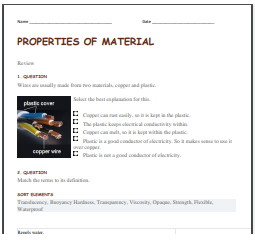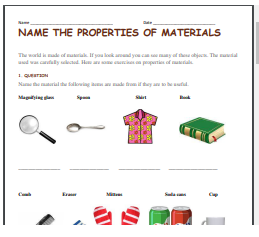Summary
You have learnt that matter is mass that occupies space. There are materials that make up the objects around us. These materials have different properties or characteristics.

Properties of Materials
A common property is state or phrase of matter (the three most known states of matter is solids, liquids, and gas). These were all discussed in the previous lesson (States of Matter).
There are properties of a material that are features that appeal to our senses (feel, taste, sight, smell, and auditory). Thus materials can be grey (in colour), shinny, smooth, opaque, etc.

Below is a video about some properties of materials. Take your notes.

Physical properties are observable and can be measured. Here are some more properties of materials: ability to conduct heat and electricity, density, viscosity and conductivity.
Ability to transfer heat and electricity
Conductivity is the measure of the ease at which an electric charge or heat can pass through a material. The material that gives little resistance to the flow of an electric currant (or thermal energy) is called a conductor. Metals are the most conductive.
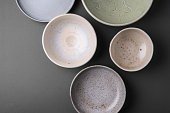
Thermal conductivity tells us the ease upon which thermal energy (heat) can move through a material. Some materials like metals allow heat to travel through them quite quickly.

Density
The density of a material is how tightly packed the atoms are. Density varies with temperature and pressure. Observe the levels of density for the various materials below.
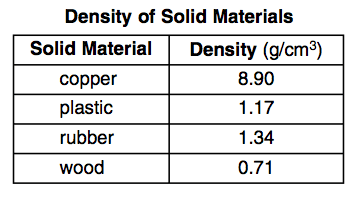
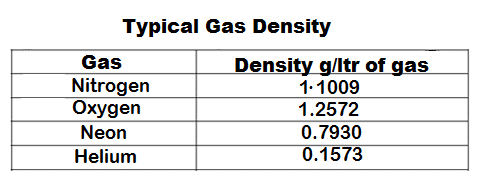

Viscosity
Viscosity is a measurement of resistance to flow.
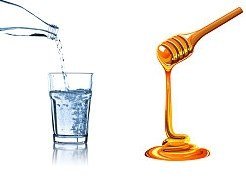
Properties of materials can change through the process of heating and cooling.




